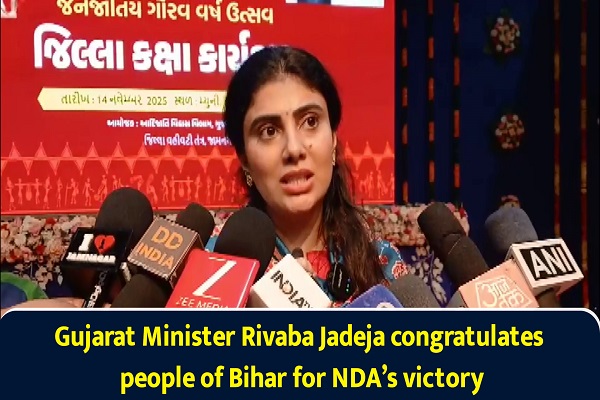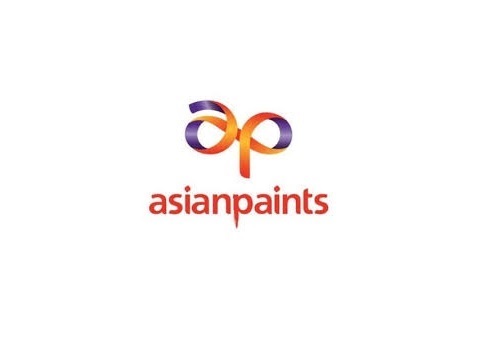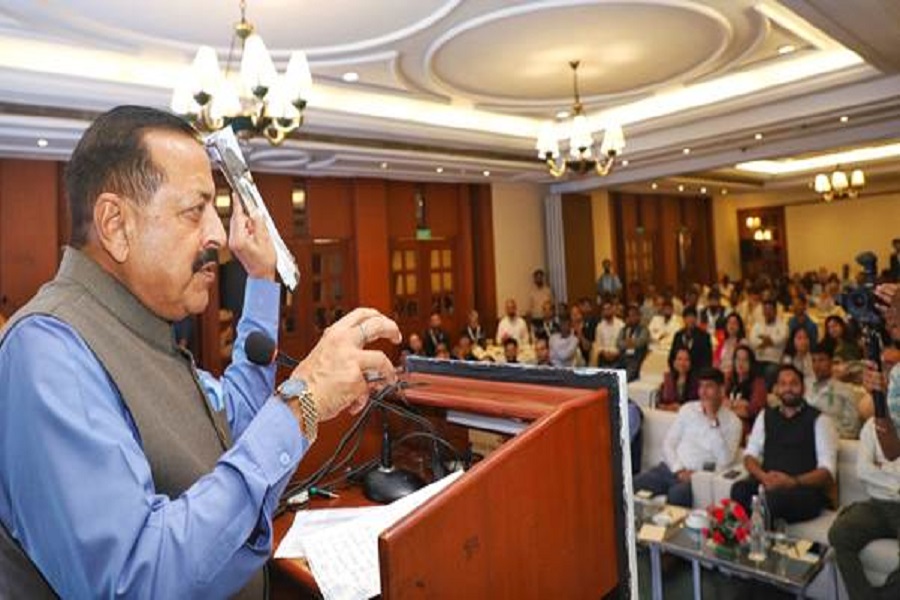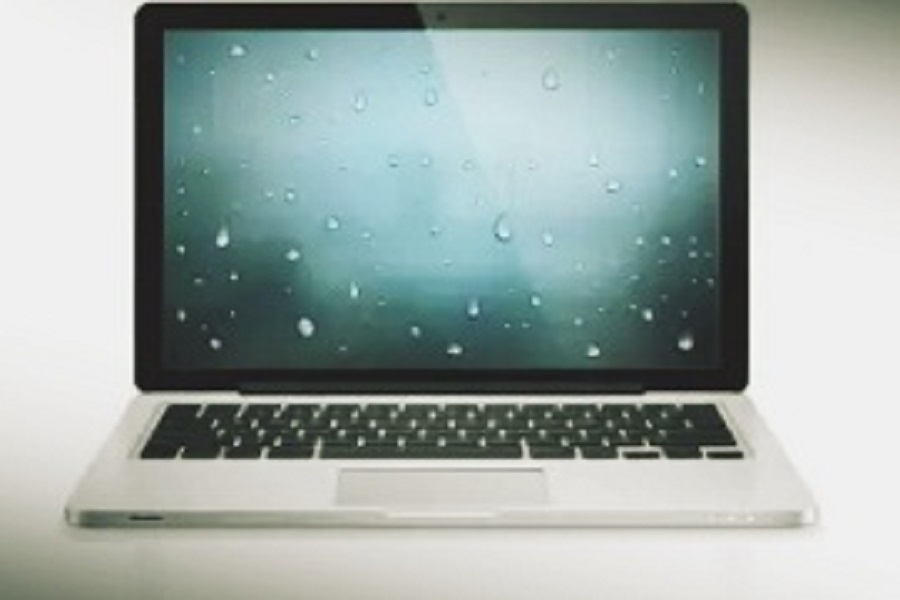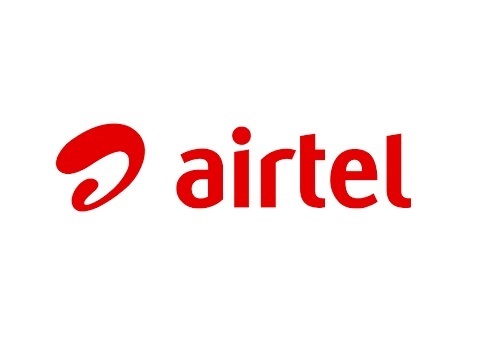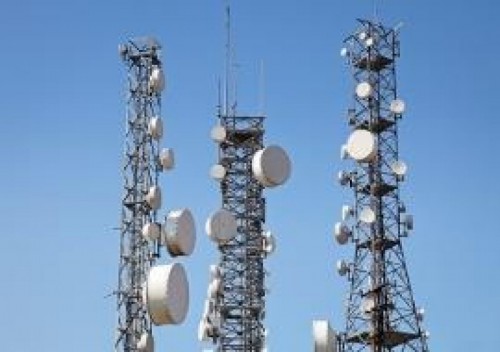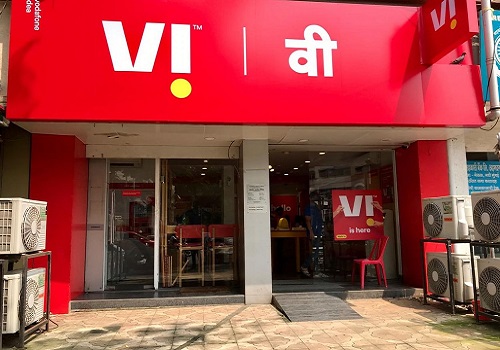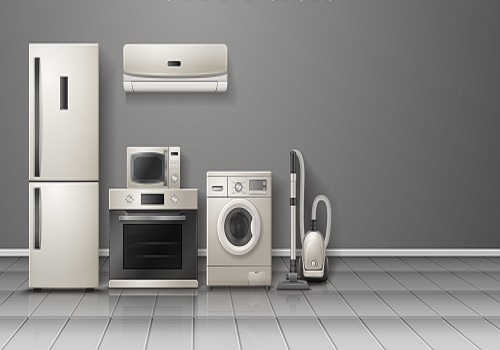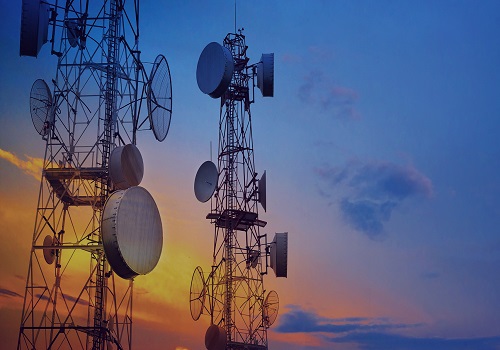Telecom Sector Update : Strong quarter led by tariff hikes By JM Financial Services

We expect Jio, Bharti India wireless, BHL and VIL’s 2QFY25 EBITDA to grow by 10-14% QoQ, assuming that impact of most of the tariff hike (of 15-17%, announced in the 1 st week of Jul'24) will be reflected in 2QFY25 while the full impact is likely to be visible only by 3QFY25. Further, ARPU growth for all players will also be aided by one more day during the quarter and the ongoing upgrades to smarthphone/post-paid plans. However, all these private telcos are expected to record net wireless subs loss during the quarter due to sim consolidation in the low ARPU segment post the tariff hike and some subscribers porting out to BSNL (which has kept its tariff unchanged). We expect Jio’s ARPU to grow 7% QoQ to INR 194, driving its revenue and EBITDA growth by 7.9% and 10% QoQ respectively. Bharti is expected to register 9.5% QoQ and 12.8% QoQ growth in its India wireless revenue and EBITDA on back of 9.5% QoQ growth in ARPU (to INR 231) led by the tariff hike, and aided by upgrades & improved subs mix. Similarly, BHL’s wireless ARPU may grow 9.5% QoQ (to INR 224) driving 8.8% and 13.7% QoQ growth in its revenue and EBITDA respectively. VIL’s revenue and EBITDA are also expected to grow 7.1% and 13.3% QoQ respectively driven by 9.5% QoQ ARPU growth (to INR 160). We expect net tenancy additions to remain robust for Indus Towers as Bharti continued its rural expansion during 2QFY25, but its EBITDA is likely to decline 2.9% QoQ, assuming recovery of ~INR 5bn of past dues from VIL (vs. INR 7.6bn recovered in 1QFY25). Bharti remains our top pick (revised 1-year TP of INR 1,850 and 3-year TP of INR 2,400) as we expect a structural uptrend in industry ARPU (10-12% CAGR to ~INR 300 in the next 3-4 years) given the consolidated industry structure, and higher ARPU requirement for Jio also to justify significant 5G capex and given Jio's potential IPO. We maintain BUY on BHL. We maintain SELL on VIL and HOLD on Indus as VIL’s long-term sustainability is still contingent on significant favourable government support.
* Jio’s 2QFY25 EBITDA to grow 10% QoQ on tariff hike-led 7% QoQ growth in ARPU to INR 194,though net subs addition muted at 1.2mn: Jio’s ARPU is expected to grow 7% QoQ to INR 194 in 2QFY25, led by the tariff hike and aided by one more day during the quarter. However, its net subs addition (including FTTH/FWA) is likely to be muted at 1.2mn, after witnessing robust net subs adds (of 5mn-11mn per quarter) in the last 9 quarters (TRAI’s data showed 0.8mn wireless subs loss but 0.45mn FTTH subs additions for Jio in Jul’24). This would primarily be on account of subs (subscribers) churn in the wireless segment post the tariff hike while the strong traction in FTTH/FWA additions is likely to continue with addition of ~1.35mn subs in 2QFY25. Hence, we expect 7.9% QoQ growth in Jio’s standalone revenue to INR 287bn and 10% QoQ growth in EBITDA to INR 154bn – Exhibit 1.
* Bharti India wireless EBITDA to improve 12.8% QoQ due to tariff hike-led 9.5% QoQ growth in wireless ARPU to INR 231; however, likely to see loss of 2mn subs net: Bharti’s ARPU is expected to improve 9.5% QoQ to INR 231 in 2QFY25, led by the tariff hike, and aided by upgrades & improved subs mix and one more day during the quarter. It is likely to report net subs loss of 2mn (lost 1.7mn net subs in Jul’24 as per TRAI). However, its mobile broadband (MBB) subs addition is likely to remain robust at 6.5mn, leading to improved subs mix (added 2.6mn MBB subs in Jul’24 as per TRAI). Hence, we build in 9.5% QoQ growth in India wireless business revenue to INR 247bn, and 12.8% QoQ rise in EBITDA to INR 141bn; the enterprise business is also expected to post EBITDA growth of 3% QoQ, while FTTH is likely to see steady additions (340k subscriber addition QoQ) – Exhibit 3.
* BHL’s EBITDA to grow 13.7% QoQ as ARPU is likely to improve 9.5% QoQ to INR 224 due to tariff hike: BHL (Bharti Hexacom Ltd) is expected to register 9.5% QoQ growth in its wireless ARPU to INR 224 in 2QFY25. However, it is likely to report net wireless subs loss of 0.25mn in 2QFY25 (lost 0.2mn net wireless subs in Jul’24 as per TRAI’s data) but MBB subs addition is likely to be robust at 0.6mn. Hence, we expect its revenue to grow by 8.8% QoQ to INR 20.8bn and EBITDA is likely to improve by 13.7% QoQ to INR 10.4bn – Exhibit 4.
* VIL’s EBITDA to grow 13.3% QoQ due to tariff hike-led 9.5% QoQ growth in ARPU to INR 160: We expect VIL’s ARPU to improve 9.5% QoQ to INR 160 in 2QFY25 (vs. INR 146 in 1QFY25) led by the tariff hike and aided by one more day during the quarter. However, its subs loss trend to continue, with net subs base declining by 3.5mn in 2QFY25 (has been declining by 2mn-5mn per quarter over the last few quarters) primarily due to churn in lower ARPU segment (lost 1.4mn overall subs in Jul’24 as per TRAI’s data). Further, we expect MBB subs loss of ~2mn (TRAI’s data suggest 1.1mn decline in VIL’s MBB subs in Jul’24). Hence, we expect revenue to grow by 7.1% QoQ to INR 113bn and reported EBITDA is likely to improve by 13.3% QoQ to INR 47.6bn – Exhibit 6.
* Net tenancy additions for Indus to remain robust driven by Bharti’s rural rollout: We build in ~6.1k net tenancy additions in 2QFY25 for Indus Towers vs. ~6.3k in 1QFY25; we expect strong tower additions at ~6k, primarily driven by Bharti’s continued rural network expansion. However, we assume that rentals will be flat QoQ. Therefore, revenue is likely to grow 1.5% QoQ to INR 75bn while EBITDA is expected to decline 2.9% QoQ to INR 44.1bn in 2QFY25 (assuming recovery of INR 5bn of past dues from VIL vs. INR 7.6bn in 1QFY25). However, this is likely to be supported by likely normalisation of energy EBITDA margin to NIL (vs. negative INR1.5bn in 1QFY25) – Exhibit 7.
* Bharti remains our top pick as it is biggest beneficiary of structural uptrend in industry ARPU: We have kept Bharti’s FY25-27 Revenue/EBITDA estimates largely unchanged while increasing Revenue/EBITDA estimates for FY28 and beyond as we raise ARPU CAGR to 8% (from 7% earlier) from FY28 onwards on improved long-term tariff hike outlook after the recent Jio-led tariff hike. Moreover, we have rolled forward our valuations to Mar’27. Hence, our 1-year DCFbased TP has gone up to INR 1,850 (from INR 1,580), implying 12.2x FY27 EBITDA for India wireless, and 3-year DCF-based TP has risen to INR 2,400 (implying 13% IRR) – Exhibit 22-23. Similarly, we have rolled forward our valuations to Mar’27 for BHL while keeping its FY25-27 EBITDA largely unchanged but raised the long-term ARPU growth estimate. Further, we have raised EV/EBITDA multiple to 13x (from 11.5x), at a slight premium to our 12.2x implied valuation for Bharti’s India wireless business given the potential to generate EBITDA growth of 3-4% above Bharti Airtel. Hence, our 1-year DCF-based TP has gone up to INR 1,445 (from INR 1,175) and 3-year DCF-based TP has risen to INR 1,980 (implying 12% IRR) – Exhibit 26-27. As detailed in our Deep-Dive note, we reiterate the high conviction we have on our BUY rating on Bharti and BHL as we believe India wireless tariff hikes are likely to be more frequent given the consolidated industry structure and higher ARPU requirement for Jio also to justify significant 5G capex and given Jio's potential IPO. We expect Bharti’s India wireless ARPU to grow at a CAGR of ~11% to INR ~310 in FY28 (vs. INR 204 in FY24); hence, we estimate consolidated EBITDA CAGR of ~13% over FY24-28. Similarly, BHL’s wireless ARPU could grow at a CAGR of ~12% to INR ~305 in FY28 (vs. INR 195 in FY24), driving ~17.7% EBITDA CAGR over FY24-28.
* Maintain SELL on VIL and HOLD on Indus as VIL’s long-term sustainability still contingent on significant favourable government support: VIL’s recently concluded ~INR 240bn equity fundraise and ~INR 300bn network equipment deal has ensured its medium-term sustainability. However, for the company to turn around into a sustainable telco, we believe it might need: a) multiple significant tariff hikes that can boost ARPU to INR 370 by FY27 (vs. INR 146 in 1QFY25) so as to meet the annual INR 430bn payment obligation to government (GoI) over FY27-31 (and ~INR 291bn payment in FY26); b) partial relief from GoI dues (either via conversion to equity or further extension of moratorium); and c) ability to internally fund sharp sustainable jump in capex to INR 100bn-150bn p.a. in the long term or 15-20% of revenue (in line with 16-20% of revenue assumed for Bharti and Jio). Our calculation suggests VIL needs ARPU to jump sharply to INR 370 in FY27 to meet the annual payment obligation (Exhibit 36); else VIL might face a shortfall of ~INR 400bn in FY27 towards payment of GoI dues (Exhibit 37) which could lead to minority shareholders’ stake getting diluted to ~28.7% from current ~39.7% if GoI converts this shortfall into equity (Exhibit 38). Hence, we maintain SELL on VIL (unchanged TP of INR 10/share). In our bull case scenario, VIL's fair value could jump to ~INR 15/share (Exhibit 33-34) assuming: a) sharper tariff hikes driving ARPU to INR 300 by FY30 (vs. INR 265 in our base case); b) it’s able to hold on to its current subs base of ~210mn driven by planned capex of +INR 500bn over FY25-FY27; c) extension of moratorium and/or partial equity conversion of GoI dues depending upon VIL’s evolving liquidity position. We maintain HOLD on Indus Tower (unchanged TP of INR 350) due to risk to long-term survivability of VIL (Exhibit 39-40).
Please refer disclaimer at https://www.jmfl.com/disclaimer
SEBI Registration Number is INM000010361
